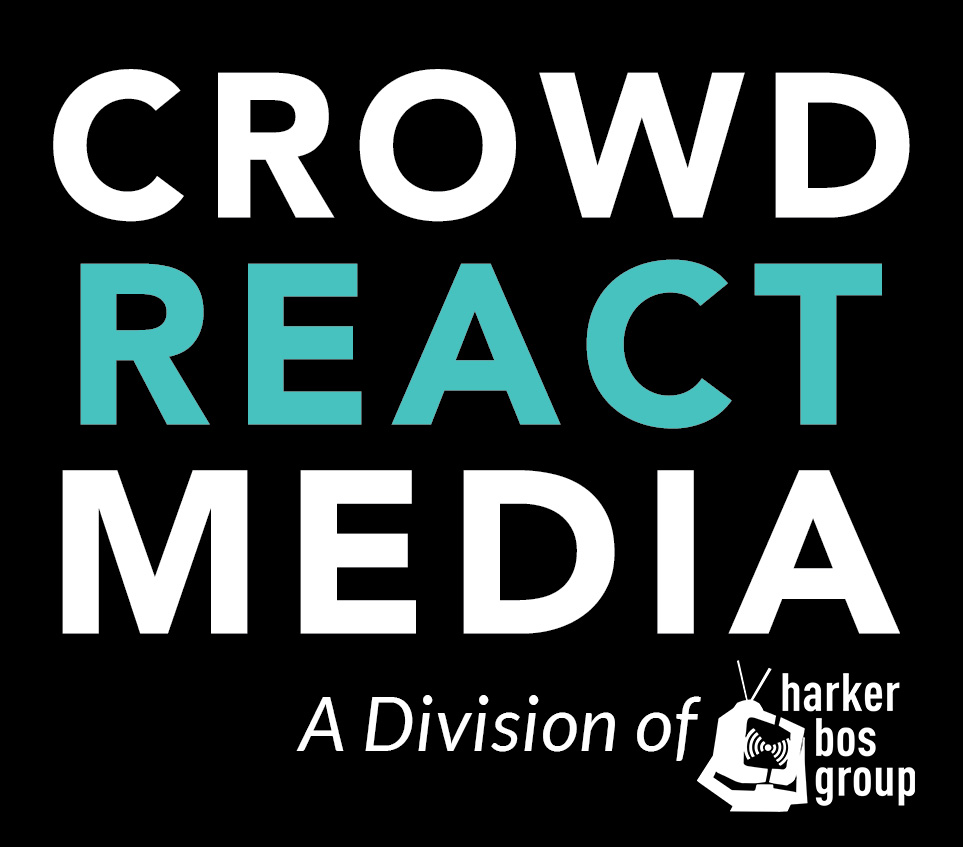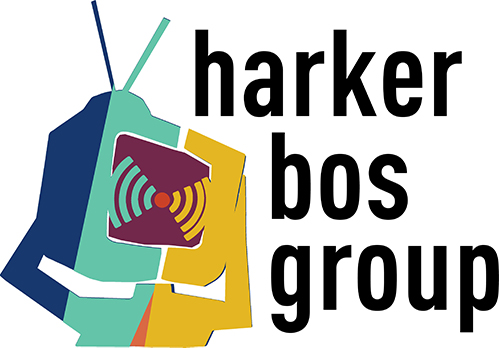Why Radio Needs to Rethink “Share” and Start Selling Big Numbers Like Everyone Else
Radio is the only major medium still selling itself with small numbers. While digital media flaunts sky-high metrics like impressions, downloads, and streams, radio clings to “share”—a metric that maxes out at 100. That’s not just a measurement choice. It’s a missed opportunity.
The Problem With “Share”
In Nielsen’s radio methodology, “share” refers to the percent of total radio listening that a given station captures. But it’s a slice of a slice. If your market has 40 stations, you’re already dealing in fractions. Even a top-performing station might only report a share in the single digits.
Compare that to every other medium:
- Podcasts report downloads
- Digital audio reports streams
- TV touts impressions
- YouTube tracks views
These are all big numbers. In advertising, big numbers sell. Small numbers get overlooked.
Let’s Talk Impressions
The U.S. adult population is about 258.3 million. According to our State of Media 2025 report, roughly 76% of adults listen to the radio each week. That’s 196.3 million radio listeners.
We break those listeners into three groups:
- Frequent listeners (30%) tune in about 4 times per week
- Occasional listeners (24%) tune in about 2 times per week
- Rare listeners (22%) tune in about half a time per week
That gives us an estimated total of 462.3 million radio impressions per week. This assumes just one listening session per day—which we know is likely an undercount. We’re being conservative on purpose to show just how high these numbers really go.
Let’s Compare: The Daily vs. California Radio
The New York Times’ podcast The Daily reports about 1 million downloads per day, or 5 million per week.
Now let’s look at California. The state’s 18+ population is around 28.5 million. That translates to roughly 51 million weekly radio impressions.
If a single radio show reached just 10% of California’s radio listeners, it would hit about 5 million impressions per week. That’s nearly the same as one of the most popular podcasts in the world.
Now imagine the reach of a syndicated radio show airing coast to coast.
Reframe the Narrative
Radio doesn’t need to change what it is. It just needs to change how it presents itself.
Advertisers are looking for reach. They’re used to seeing big numbers. Radio has them—it just doesn’t always say them out loud.
It’s time to stop thinking small. Radio has a scale advantage. Let’s start using it.


